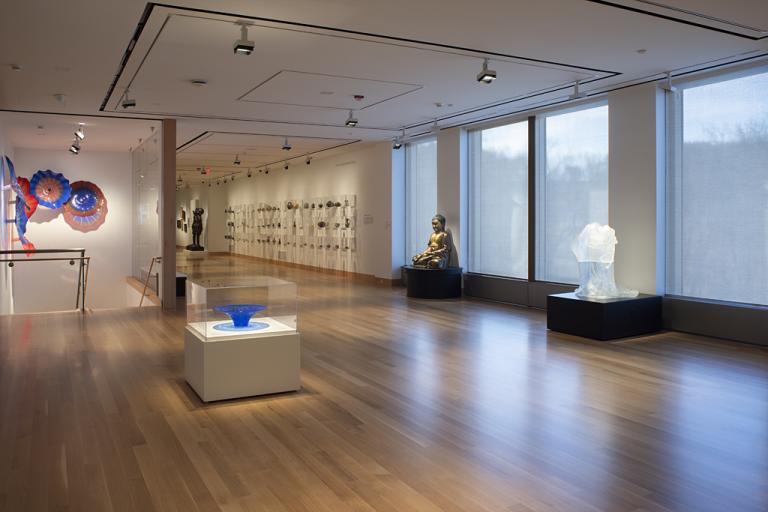jug, unknown maker from Jordan
Artwork Overview
jug
, circa 3000 BCE
Portfolio/Series title: from the Bab Edh-Dhra' tomb group A10
Where object was made: Bab Edh-Dhra' (present-day Jordan)
Material/technique: pottery
Dimensions:
Object Height/Diameter (Height x Diameter): 12 x 10.5 cm
Object Height/Diameter (Height x Diameter): 4 3/4 x 4 1/8 in
Object Height/Diameter (Height x Diameter): 12 x 10.5 cm
Object Height/Diameter (Height x Diameter): 4 3/4 x 4 1/8 in
Credit line: Gift of Mrs. Elizabeth Hay Bechtel in honor of Helen Foresman Spencer, courtesy of the Department of Antiquities of the Hashemite Kingdom of Jordan
Accession number: 1978.0030.22
On display: Stewart Gallery
If you wish to reproduce this image, please submit an image request


